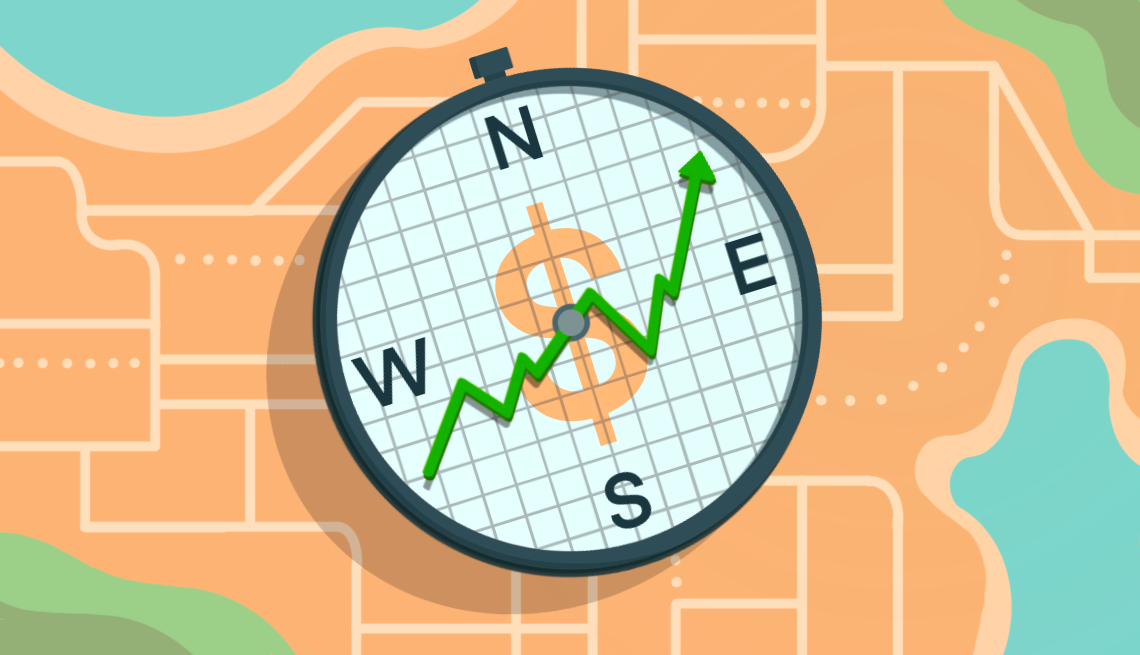Staying Fit


List prices of the 25 brand-name prescription drugs that Medicare Part D spends the most on have, on average, more than tripled since these medications came on the market, a new AARP Public Policy Institute report has found.
In 2021, Medicare spent nearly $81 billion on these 25 brand-name medications that were taken by more than 10 million Americans enrolled in a Part D prescription drug plan, including those who had drug coverage through a Medicare Advantage plan. In all, Medicare covered 3,500 prescription drugs in 2021 for a total cost of $216 billion, according to data from KFF, formerly the Kaiser Family Foundation. That means these 25 medications alone accounted for over 37 percent of Medicare's prescription drug spending that year.


AARP Membership— $12 for your first year when you sign up for Automatic Renewal
Get instant access to members-only products and hundreds of discounts, a free second membership, and a subscription to AARP the Magazine.
The AARP report also found that the lifetime price increases for all but one of the top 25 drugs greatly exceeded the annual rate of inflation.
“This report really solidifies the impact of drug companies’ relentless price increases year after year,” says Leigh Purvis, author of the report and AARP’s prescription drug policy principal.
How rising drug prices hurt Medicare beneficiaries
Purvis said these price increases have a direct impact on many Medicare beneficiaries whose out-of-pocket prescription drug costs are often calculated as a percentage of the price. “Every time you see a percentage price increase, that increase will affect the coinsurance that they pay,” Purvis says.
These price hikes, Purvis added, can be particularly challenging for Medicare beneficiaries who typically take four or five prescription drugs every month. A recent study in the Journal of the American Medical Association found that 1 in 5 older adults have tried to mitigate the high cost of prescription drugs, often by skipping doses prescribed by their health care providers.



































































More From AARP
Medicare Extra Help Expanding to Help Millions Afford Prescription Drugs
Starting in 2024, more people will qualify for the full Medicare Part D assistance programAARP Backing Senate Effort to Increase Prescription Drug Competition
Bills would crack down on big drug company schemes to delay generics
New Law Makes More People Eligible for Part D Assistance
Income threshold raised for Medicare’s Extra Help program